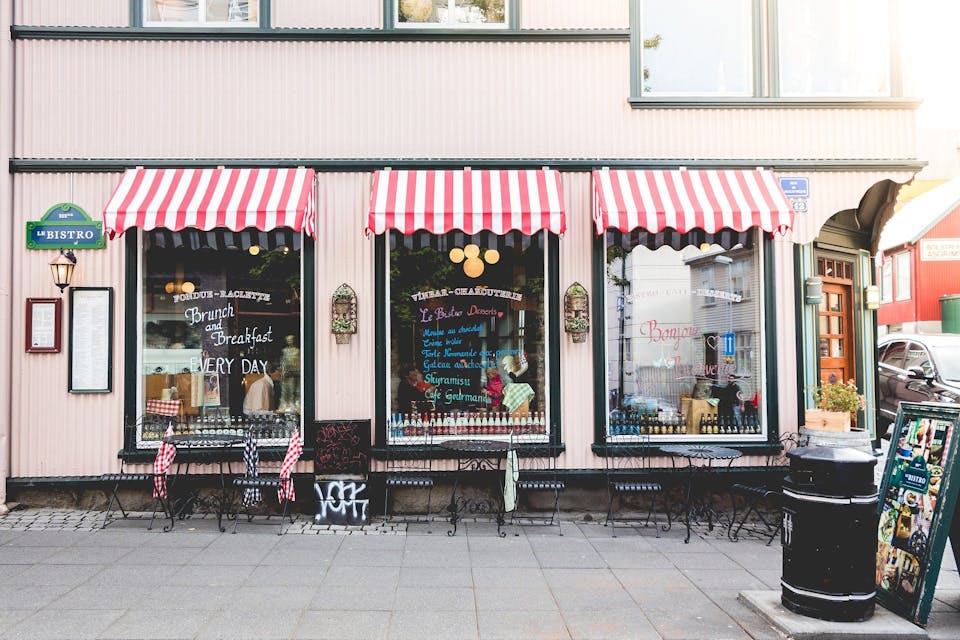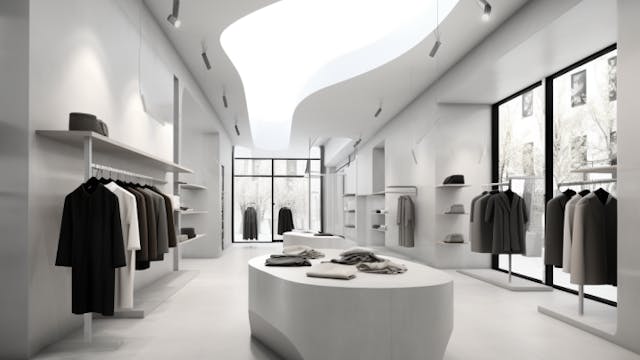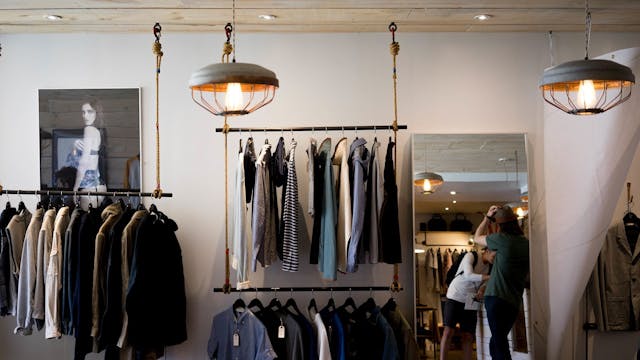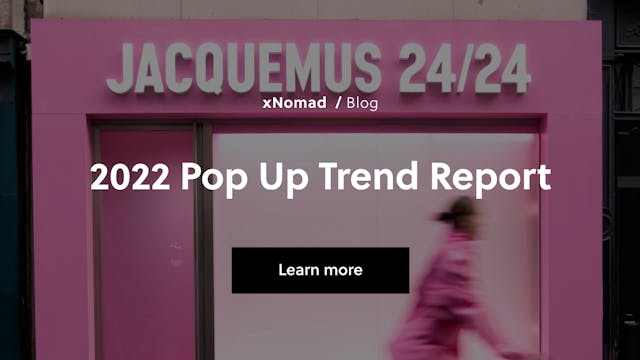A Brief History of Pop-Ups
The leaning towards transience and exclusivity in retail has existed for as long as retail itself. Let us run you through the history of Pop-Ups.

Share
The leaning towards transience and exclusivity in retail has existed for as long as retail itself. The real beginning for pop up shops specifically, though, can be traced to the sample sale trend of the ‘90s.
Big name brands would sell next season’s samples and special one-off garments at premium prices in unassuming locations. And they’d only last a weekend. The concept relied on work-of-mouth marketing in a world before social media mania, lending another edge to the exclusivity. If you didn’t know, you’d never know.
It was the Japanese fashion label Comme des Garçons, with founder Rei Kawakubo, who took this sample sale idea and launched the first pop-up store in Berlin back in 2004. The main difference was that his pop-up sold pieces at normal retail price, not at an inflated sample rate. The sense of urgency created by the limited timing drew crowds, and played into the need to see things while they last that is still a driving force in shoppers today.


